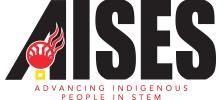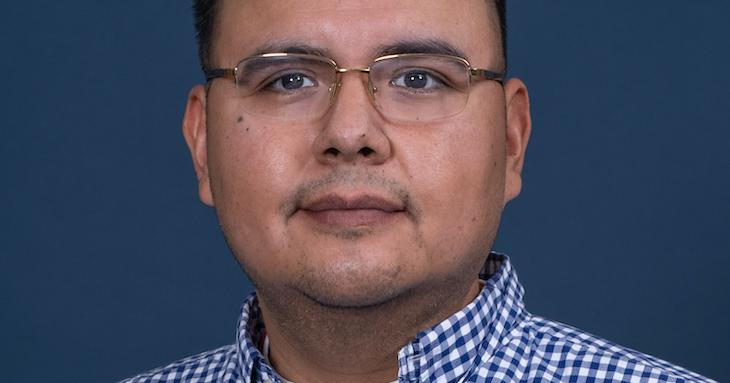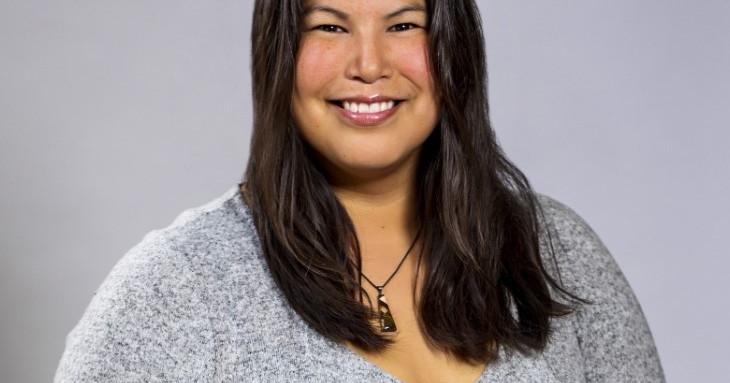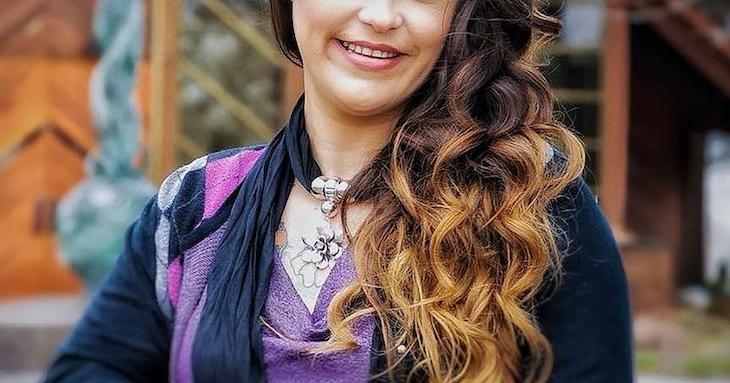-
Less is More: What Not to Bring to College
You did it! You’ve made your college decision. Now it’s time for you to pack up and make your way to campus. But be careful what you pack. It may seem like you need to bring everything from your third grade spelling trophy to your custom wall art, but think twice before you pack everything you own. Many college students end up bringing things they don’t ever need or use. Given the small size of most dorm rooms, less really is more. Here are a few things you don’t need to bring to college.
Prohibited Items -
Parting Ways: Knowing When It’s Time to Make A Change
The COVID-19 pandemic has brought about great change. One of those changes is the “great resignation.” From wanting to work remotely to pursuing an entirely new career, the reasons for employees leaving their current jobs vary widely. Perhaps you have considered whether there is a position out there that would be a better fit. But how do you know if it’s the right time for you and your current employer to part ways? Here are a few tips to help you know when to make a change.
You’re Truly Uninterested in Your Work -
Funding Your Future
After years of a set path in school, you may find yourself wondering what’s next. Whether you have a plan or are still figuring it out, the one constant is making sure you can fund whatever your future brings. This doesn’t mean you need to have thousands of dollars in the bank, but being smart about your money now will help ensure that you have it when you need it later. Here are a few ways to help fund your future.
Learn the Language -
Signs You’re Burned Out ... and What to Do About It
Traditional aspects of how and where we work have shifted over the past two years. The remote and hybrid work schedules can make it much harder to separate professional and personal lives. As a result, you may feel like you’re never able to get away from work. You may find yourself becoming more negative or cynical, feeling tired, and lacking motivation to get your work done. Don’t assume these are normal feelings. You might be experiencing burnout. Here are five signs that you’re burned out — and what to do about it.
-
What’s Next? Deciding Which Path to Take
Whether graduation is around the corner or in your rearview mirror, you may find yourself wondering what’s next. Some students know which path they are taking before they graduate. For others, the path isn’t as clear. The good news is that there are many different paths and no wrong answer, only the path that works for you. But how do you figure out which path to take? Here are a few ways to help you decide which path makes the most sense for you.
Define Your Passion -
Paul Flores | Gila River Indian Community | Pit River Tribe
“A wild ride.” That’s how Paul Flores, tribal administrator for the Pit River Tribe in Burney, Calif., describes his life. “Be open to any opportunity, because you don’t know where it’s going to lead,” he says. A member of the Gila River Indian Community, Flores grew up in Arizona, dropped out of high school, joined the Army, and became an infantryman. During the second Iraq war, in the battle-ravaged town of Ramadi, a hidden bomb exploded and wounded him. “I expected to be jumping out of airplanes and fast roping off helicopters for 20 years,” he says. “Didn’t happen that way.”
-
Jessica Vandenberghe | Dene Tha’ First Nation | University of Alberta | Engineering Community and Culture
Growing up on a farm in northern Alberta, Jessica Vandenberghe had plenty of time to investigate how things work. What she didn’t have was much exposure to different professions. She had been leaning toward a medical career until an engineer visited her grade 11 chemistry class. “I had not heard of engineering before then,” she recalls. “Working with inanimate objects rather than working on people appealed to me.”
-
Dr. Christina Swindall | Gabrieleño Band of Mission Indians – Kizh Nation | Cypress Animal Hospital | Veterinarian
For Dr. Christina Swindall, Gabrieleño, becoming a veterinarian was a childhood dream. She grew up in the Los Angeles area the ancestral homeland of her tribe — spending much of her time assisting her mother, who had been blind from the age of 14. In their home the health of family pets was not a priority — the animals weren’t spayed or neutered and didn’t see the vet when they were sick. Dr. Swindall knew that she wanted better outcomes for animals and focused her energy on becoming a vet.
-
Joanna Kern Cooley | United Houma Nation | Saginaw Valley State University, Saginaw Chippewa Tribal College | Neuroscience, Native American Studies
Joanna Kern Cooley is fascinated by the human brain. For years she put that fascination on the back burner as she raised her family, and it wasn’t until Cooley turned 30 that she decided to apply to college to become a doctor. Now, as she works toward completing her bachelor’s degree in neuroscience at Saginaw Valley State University in Saginaw, Mich., she is well on her way to achieving that goal.
-
Tashina Cooper | Navajo Nation | U.S. Department of State
People often ask Foreign Service Officer Tashina Cooper, “Why did you choose to move so far from home and pursue a career that does not benefit Native people?”
“That this career does not benefit Native people is inaccurate,” says Cooper, who is assigned to U.S. Consulate Dubai in the United Arab Emirates. That puts Cooper a long way from the Navajo Nation where she was raised.















